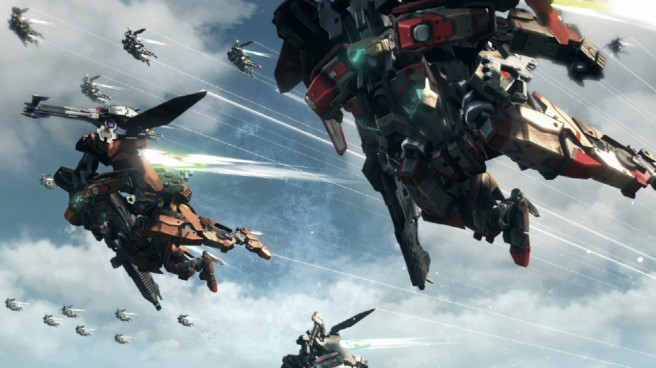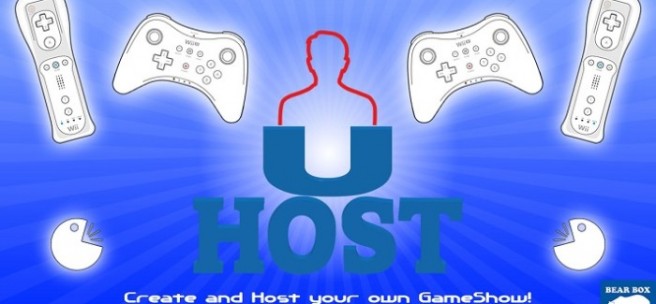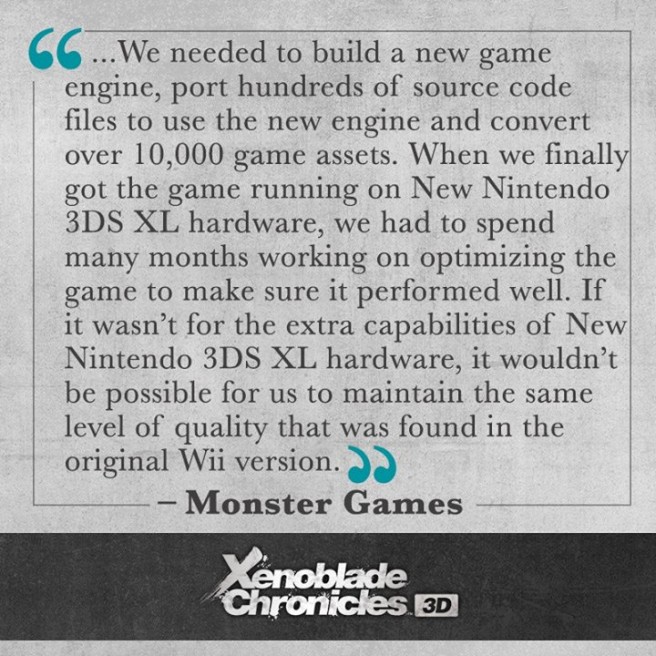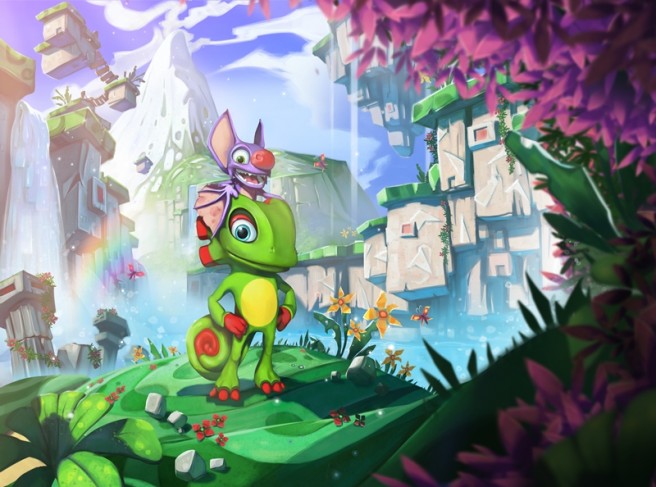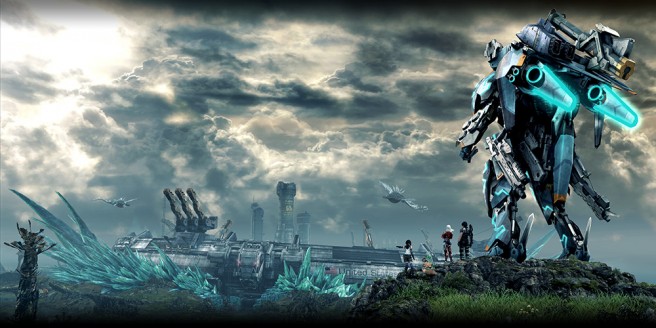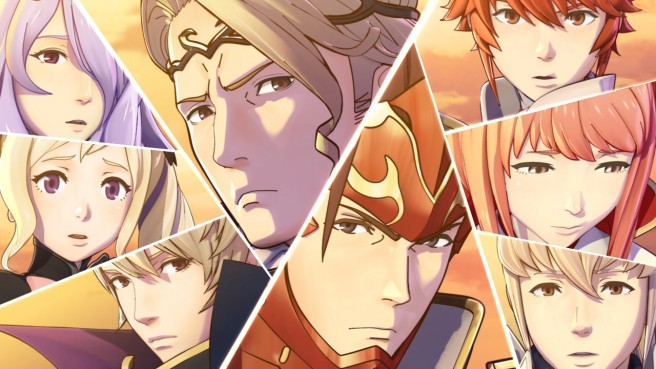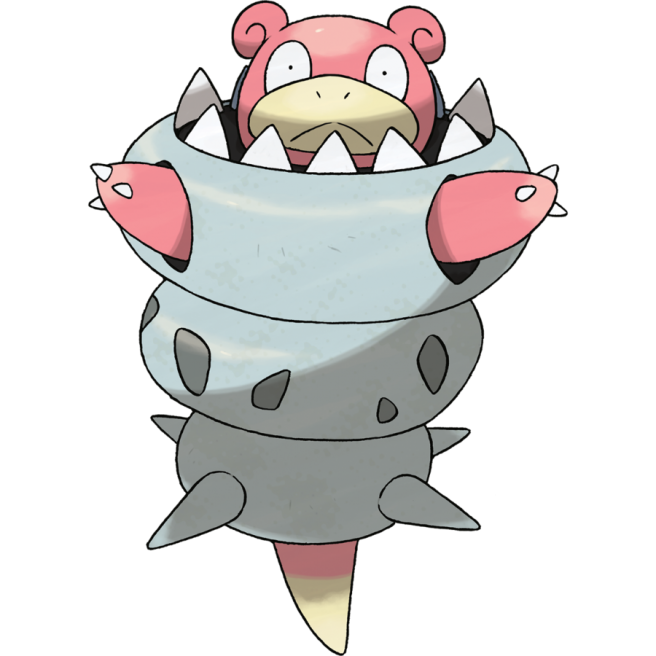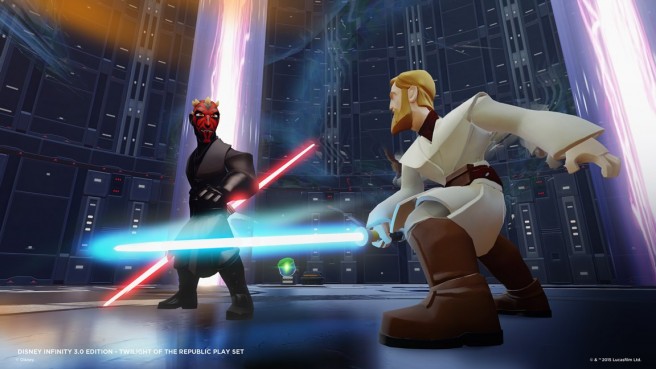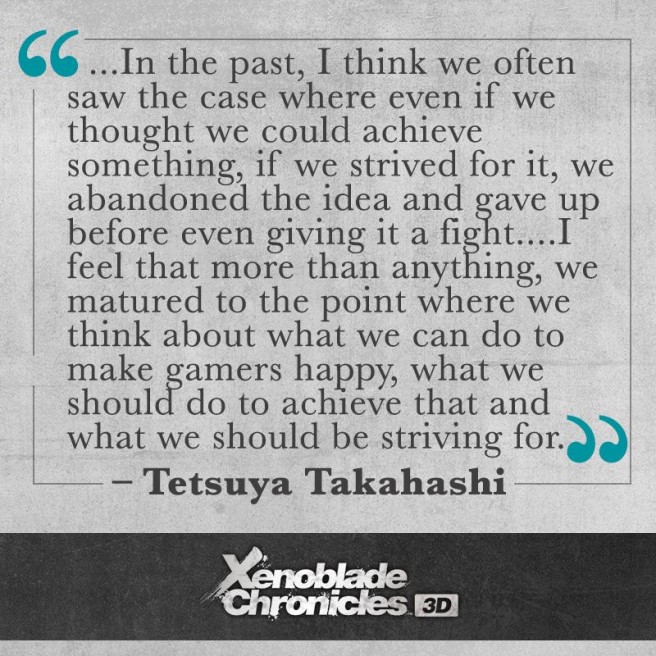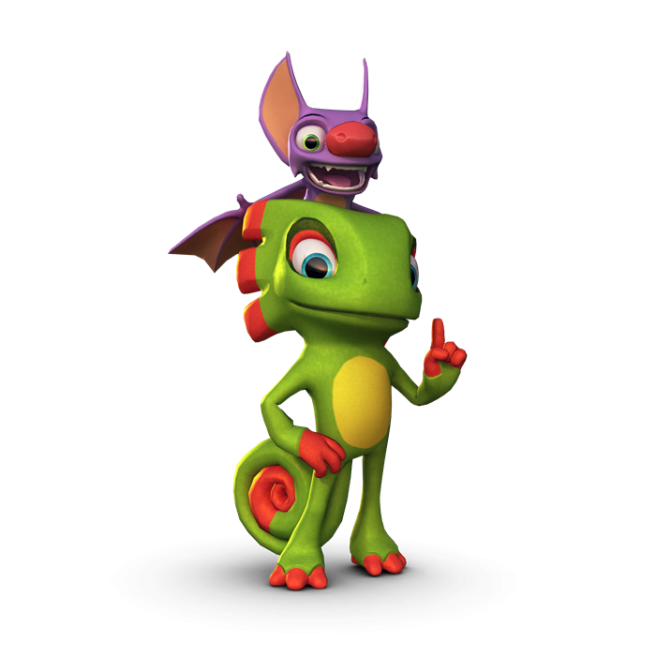Xenoblade Chronicles X executive director on the game’s Skells
Posted on 10 years ago by Brian(@NE_Brian) in News, Wii U | 6 Comments
The most recent issue of Famitsu has an interview with Tetsuya Takahashi, the executive director for Xenoblade Chronicles X. One of the topics the magazine touched on regularly was the Skells – otherwise known as Dolls.
Regarding what Monolith Soft ordered from Skell designer Takayuki Yanase, Takahashi said: “We ordered frame structures that are easy to design, easy for us to create and easy to turn into 3D.”
Bear Box talks StarLight, says UHost is now targeted for Q4 2015
Posted on 10 years ago by Brian(@NE_Brian) in News, Wii U eShop | 0 comments
Bear Box Media has a couple of new Wii U eShop games in the works. The first is StarLight, which was revealed at the end of April.
Bear Box shared an update on the project with Pure Nintendo, with the studio’s Andy Ford stating:
Although designed to be addictive… StarLight is hard… very hard. It’s composed of 75 standard levels, 5 secret levels, and 3 modes to choose from. Pure, Easier, and Hardcore. Pure is the way the game was designed to be played. It’s all about reactions and timing. Once players complete Pure Mode, they unlock Mirror mode. Each level has been carefully designed to create an entirely different puzzle both forwards and backwards, so in this mode you effectively have 150 levels to work your way through.StarLight gameplay 2There’s no mirror mode for easier players. Hardcore is the tough one. As soon as a player collides with a single barrier, they must start all over again… from the very beginning. It’s a pretty big challenge, so we felt it deserved a worthwhile reward. We’ll be running a competition from the game’s launch stating that the first player to post an image of the final screen of Hardcore mode on Miiverse will win $100 worth of eShop vouchers. The highest I’ve personally been able to get in this mode is level 56… So it’ll be interesting to see who manages it first.
You may recall that along with StarLight, Bear Box is also working on UHost. The original plan was to have it out towards the end of last year, but the team is now targeting Q4 2015.
Here’s the latest from Ford:
Regarding UHost, our original plan was to release the game in Q4 of 2014 at a low price, and then increase the price each time an update was created, bringing in new content. This would have been great, but unfortunately we missed our window. It was then decided that the additional content would be added to the game, aiming for a release this year, Q4. It’s given us time to add in some great new mini-games, even more questions, and a lot of extra polish.
Monster Games on the tough task of porting Xenoblade Chronicles to the New 3DS
Posted on 10 years ago by Brian(@NE_Brian) in New Nintendo 3DS, News | 0 comments
Xenoblade Chronicles is a massive game. So it should come as no surprise that Monster Games, who handled the New 3DS port, encountered some challenges in making the portable version. You can find out what the studio had to say about creating Xenoblade Chronicles 3D for Nintendo’s latest handheld above.
Playtonic talks Yooka-Laylee – Kickstarter success, characters, more
Posted on 10 years ago by Brian(@NE_Brian) in Videos, Wii U eShop | 0 comments
Beta64 recently had an opportunity to speak with some of the folks at Playtonic. The developers talked all about its upcoming game Yooka-Laylee, but there was a decent amount of chatter about Banjo-Kazooie and Donkey Kong 64 as well. Check out the interview in full below.
More: indie, interview, Playtonic, Yooka-Laylee
Nintendo assisted with Xenoblade Chronicles X’s online functionality
Posted on 10 years ago by Brian(@NE_Brian) in News, Wii U | 9 Comments
Xenoblade Chronicles X was a huge undertaking for Monolith Soft. Not only is the game quite a bit bigger than the original title on Wii, but this was also the studio’s first time working with HD development.
Xenoblade Chronicles X executive director Tetsuya Takahashi spoke about some of the challenges in making the project in this week’s issue of Famitsu. On the topic of having trouble creating a map five times the size of the original Xenoblade Chronicles in addition to numerous quests and equipment, Takahashi said:
As the volume was large, the most troublesome thing was debugging (laughs). As this was our first HD title, it was decided from the start that we won’t use cutting edge technology. When I considered what is the strength of Monolith Soft, I came to the conclusion it’s the ability to neatly put together huge volume.
Fire Emblem If devs on the concept, Phoenix Mode, different sides, gameplay, and more
Posted on 10 years ago by Brian(@NE_Brian) in 3DS, News | 4 Comments
The latest issue of Famitsu contains an interview with the developers behind Fire Emblem If. Yokota Kenki, Maeda Kouhe, and Masahiro Higuchi commented on the game’s concept, Phoenix Mode, different sides, gameplay, and a few other topics.
Head past the break for a roundup of the Q&A. All translations come courtesy of kantopia.
Pokemon devs on Mega Evolutions – criteria, Slowbro over Slowking more
Posted on 10 years ago by Brian(@NE_Brian) in 3DS, News | 1 Comment
This month’s issue of Nintendo Dream has a lengthy interview with some of the folks responsible for the Pokemon games. The magazine chatted with Omega Ruby/Alpha Sapphire director Shigeru Ohmori, Ken Sugimori (art director), Shigeki Morimoto (battle director), Kazumasa Iwao (game designer).
Some of the most interesting comments came about when the interview focused on the topic of Mega Evolutions. Nintendo Dream asked about things like criteria for Mega Evolutions, why Slowbro was chosen to go through the process rather than Slowking, and more.
Head past the break for our full translation of Nintendo Dream’s Pokemon Mega Evolution discussion.
Video: Designing the Star Wars toys for Disney Infinity 3.0
Posted on 10 years ago by Brian(@NE_Brian) in Videos, Wii U | 0 comments
Game Informer published a new video feature that provides some insight into the creation of the Disney Infinity 3.0 Star Wars figures. There’s also some commentary from Avalanche’s Jeff Bunker. Watch the video in full below.
Takahashi on how Monolith Soft’s approach to development has changed since Xenogears
Posted on 10 years ago by Brian(@NE_Brian) in General Nintendo, News | 2 Comments
Nintendo put up a one-question interview with Monolith Soft’s Tetsuya Takahashi over on its Twitter account. It asks: “How has making games in the ‘Xeno’ series changed since the team first worked on Xenogears?” Take a look at the image above from Takahashi’s full response!
More: interview, Monolith Soft, Tetsuya Takahashi
Playtonic on the Yooka-Laylee character names
Posted on 10 years ago by Brian(@NE_Brian) in News, Wii U eShop | 3 Comments
Playtonic’s new 3D platformer is called “Yooka-Laylee”. As it turns out, those are also the names of the game’s lead characters. Yooka is the chameleon while Laylee is the bat.
So how’d Playtonic come up with those names anyway? In a new website interview, artist Greg Mayles explained:
It was planned like this from the start. Yes, that’s right. It wasn’t just a happy coincidence that ‘Ukulele’ splits so well into two character names, honest.
Actually, someone on the team picked up a Hawaiian dictionary and apparently ‘’uku’ means ‘a small brained person’ and ‘lele’ means ‘to fly’ or, excitingly, ‘to get off of a vehicle’. That’s definitely not a coincidence either.
Yooka-Laylee came to Kickstarter last week, and quickly surpassed its $270,000 funding goal. Over $2.1 million has been raised thus far.
